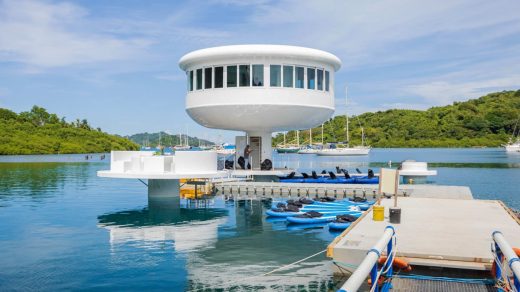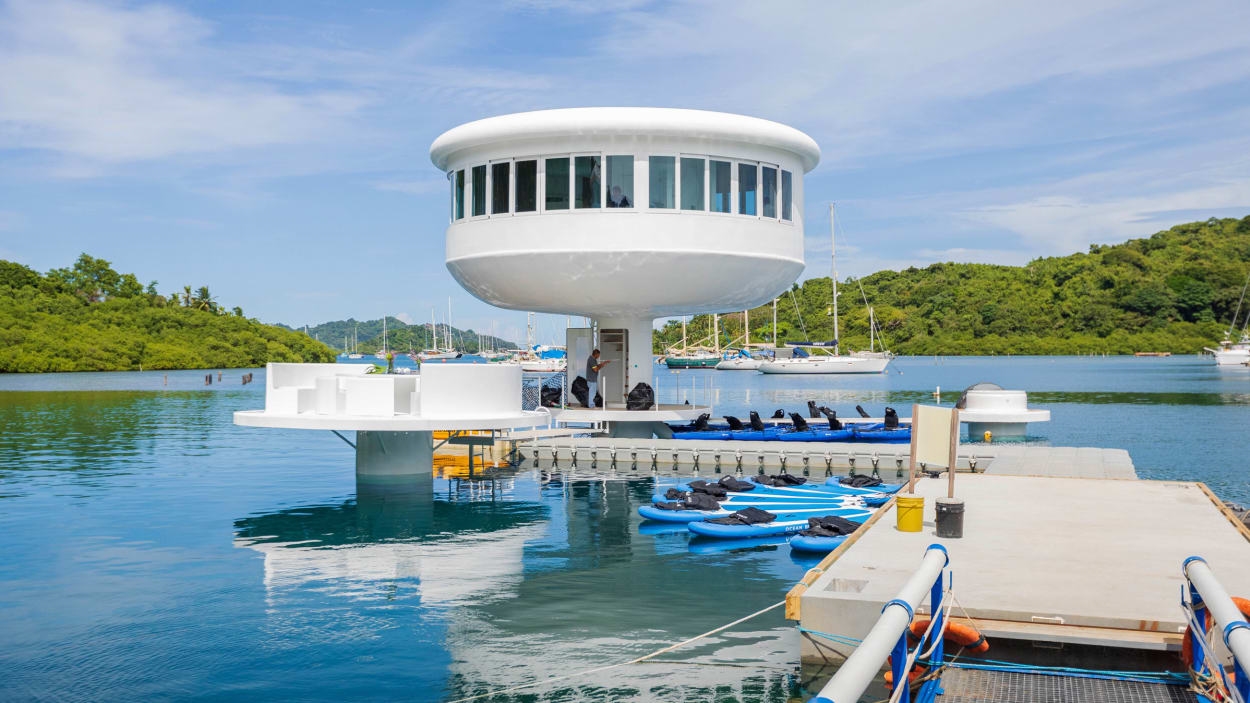Would you live in this self-sufficient pod in the ocean?
By Amelia Hemphill
Global warming has caused unprecedented levels of ice and glacier melt over the past few decades. No matter how much we reduce our carbon emissions, sea levels are on course to rise at least a foot by 2050. This is already posing huge challenges to many major cities, while almost three-quarters of the world’s population live within 50 kilometers of the sea.
So what can be done to tackle this problem? It takes hefty resources to pump the water out or reclaim the sinking land with landfill. But some projects focus on living with water rather than fighting against it.
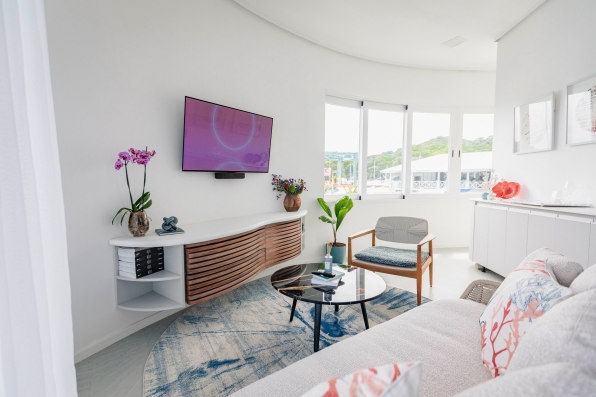
In Panama, a futuristic “aquatic residence” development project is underway. The goal is to build communities of entirely self-sufficient, floating ocean pods. They could be installed near land or way out to sea, and have been designed to help promote coral growth and sustainable living.
“Everyone loves being close to the water, and we’ve developed a whole new technology that converts water into real estate,” says Grant Romundt, the founder of Ocean Builders, on this week’s World Changing Ideas podcast. “When you’re on a SeaPod, it feels like you’re on land because it’s so stable.”
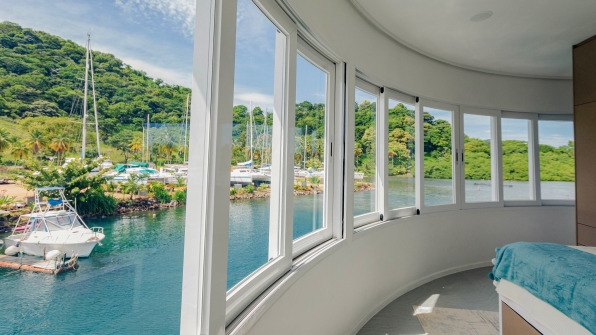
Inspired by shell structures, the white, spherical pods are each fixed to a steel pillar that rises out of the water.
The floating foundation is held in place by large concrete blocks on the seabed to stop the structure from moving or spinning. “It creates this optical illusion that [the SeaPod] can’t be floating, but it is floating,” Romundt says. A spiral staircase inside the central pillar allows inhabitants to walk down to the water level where paddleboards or kayaks can be moored.
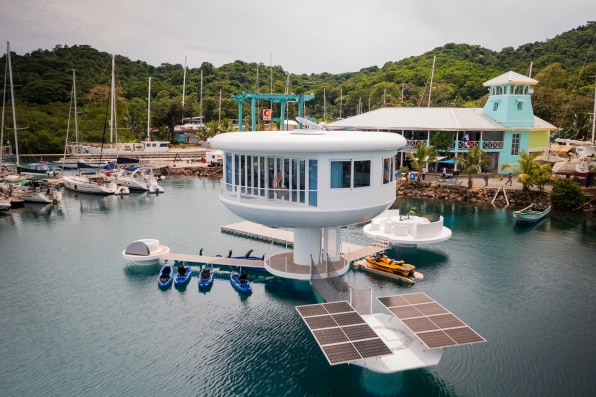
The pods range in price from $295,000 to $1.5 million and include features like landing pads for drones, panoramic windows, water recycling systems, and solar panels. Their most important function though, according to Romundt, is being self-sufficient. “All the technology we’re developing is to make this eco-friendly. And if this was not, I wouldn’t be interested in doing it,” he says. “I’m doing this because I think it can be something that really contributes to changing the world in very positive ways.”
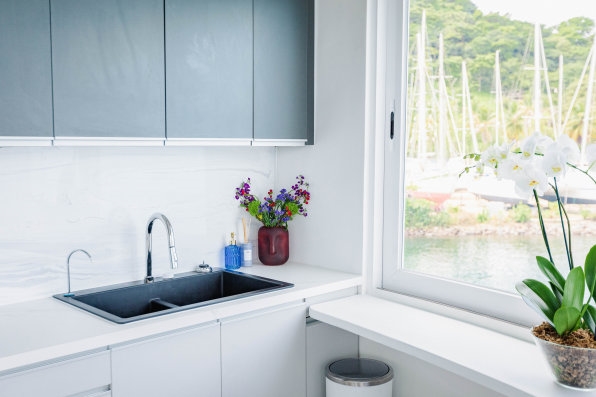
The pods can be anchored independently or connected to others using floating docks. Each one is fitted with a desalination machine and also collects rainwater.
But what about sewage?
“An incinerator unit . . . incinerates the solids down to just ash. And then the waste heat from that goes towards heating water for the home, so for showers and sinks and dishwashing and things like that,” Romundt says. “And then the liquid waste gets treated to the point where you can actually drink it. But we . . . filter it back into the toilet water intake, so it just gets continually recycled.”
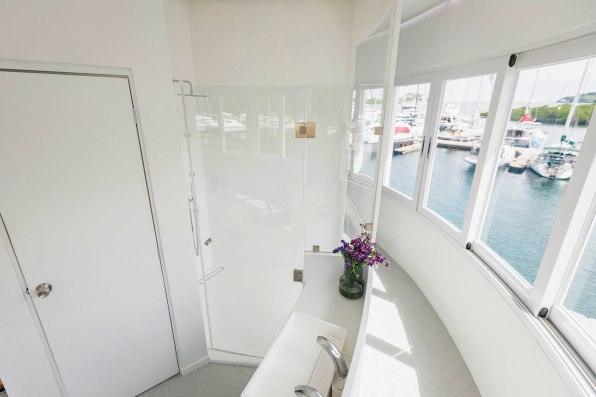
The SeaPods project is unique, but floating homes are not a new invention. WaterStudio.NL, a firm founded by Dutch architect Koen Olthuis, has designed more than 300 floating homes, offices, schools, and healthcare centers around the world. The concrete foundations are built like a shoebox, or the hull of a boat, which can rise with the water level. The floating foundations are then fixed in place using long poles driven into the waterbed. Olthuis, who helped design Ocean Builders’ SeaPods, sees floating cities as the natural next step for the technology.
“Our roles as architects have changed. It’s no longer just making nice shapes, but it’s being a city doctor and using water as a medicine; it gives space, it gives flexibility,” Olthuis says. “With these floating foundations, you don’t destroy the underwater world. If I make a floating neighborhood and after 200 years I want to take it away, it’s like a scarless development. It’s like renting space from nature.”
Amelia Hemphill is the host of Fast Company’s World Changing Ideas podcast. Subscribe for new episodes every Wednesday.
Want to hear about more futuristic inventions that people around the world are creating to solve the climate crisis? You can listen and subscribe to our World Changing Ideas podcast on Apple Podcasts, Google Podcasts, Stitcher, Spotify, or wherever you get your podcasts.
(14)

